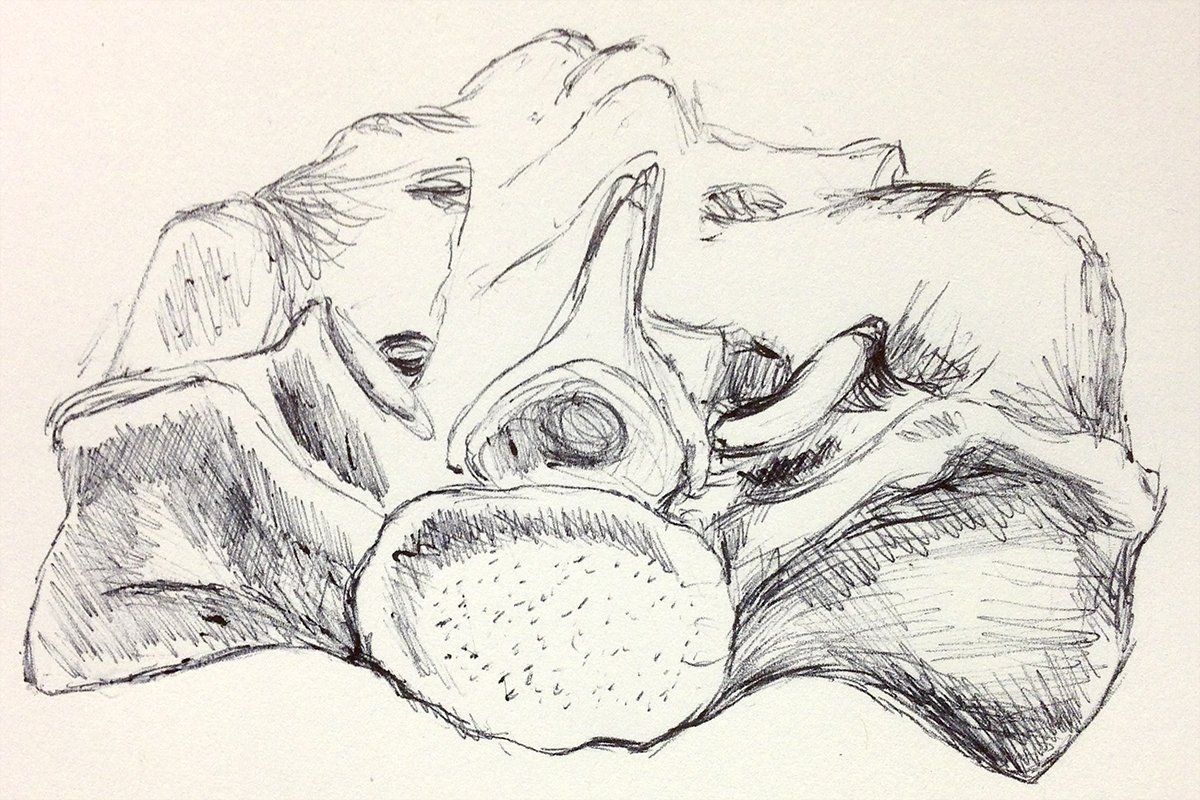13. Enactive, Embodied Communication in Hermeneutic Healthcare - Part 1 (Introduction)

Before diving straight into the subject of “enactive, embodied communication”, I must begin by explaining something about the non-dualist ontological principles of phenomenology and hermeneutic realism, by way of introduction to an account of embodied consciousness and enactive communication.
First some definitions
Non-dualist is a way of referring to the ontological principle that the objects of the world need not be categorised as either matter or energy (physical/mental; cosmos/consciousness; material/spiritual). But nor does it require a commitment to either materialism (the ontology underpinning post-Enlightenment western science prior to Einstein), or to idealism (as espoused by philosophers such as Hegel and Spinoza). Instead, “non-dualism” can accommodate both monist and pluralist ontologies, including hermeneutic realism.
Embodied communication is a concept that arises from the philosophy of embodied consciousness and cognition developed by Francisco Varela, and his co-authors Evan Thompson and Eleanor Rosch. Their ground-breaking book The Embodied Mind, first published in 1991, challenged Cartesian dualism and argued that human consciousness is the consciousness that it is because of the bodies we have, and that it is false to consider the mind to be separate from the body.
Enactivism is the extension of the theories of embodied consciousness and cognition - first expressed by Evan Thompson - to account for the role of the environment in the expression of consciousness - the idea being that cognition arises in the process of sense-making between a being and its environment. Here is a link to a paper that gives an account of the development of enactivism.
My encounter with these philosophical ideas came when I was exploring the experience of haptic communication (assessing/therapeutic touch) in cranial osteopathic encounters whilst conducting my doctoral research. I found existing discourse about the role of touch in manual therapy/osteopathy to be under-developed (a subject for another post), and notions of the specialism of osteopathic palpation to be poorly explained. Haptic communication, involving touch, clearly involves embodied communication – but of what nature, and of what quality?
We can begin by thinking about embodied communication which is enactive (in the sense that meaning is the property emerging from the opening up between beings within a shared horizon of understanding) even without the involvement of touch.
Enactive, embodied communication is not about “body language” - the idea that what we communicate in words is backed up by sub-textual signals that emanate from our physical bodies which cannot hold back our subconscious intentions. The problem with the concept of “body language” is that it belongs to the dualist paradigm that humans are “low-life bodies with high-life minds”. Read philosopher, Maxine Sheets-Johnstone on this subject.
Instead, enactive, embodied communication is something that inevitably occurs when people are physically present with each other. It is described by enactivist philosophers, Thomas Fuchs and Hanne de Jaegher, as “participatory sense-making and mutual incorporation”, the claim being that through complex processes of intersubjective, interoceptive work, human beings effectively incorporate their fellow humans as they observe them and act alongside them; they attune with them, commingle with them, body-schema resonating with body-schema. Fuchs and de Jaegher (2009) give examples from studies in the realm of social neuroscience, such as those that analyse the ways in which people listening to others co-ordinate their movements and responses “with the changes in speed, direction and intonation of the movement and utterances of the speaker” (ibid, p. 470); those examining the way that musicians play together, observing “processes of synchronization and resonance, in-phase or phase-delayed behaviour, rhythmic co-variation of gestures, facial or vocal expression” (ibid, p. 470).
Fuchs and de Jaegher (2009) explain the process of mutual incorporation by first explaining what “incorporation” entails, giving the common examples of how the blind man’s stick is part of his “lived body” (the phenomenological term that describes our body as we experience it, as part of the world); and the tall hat, on account of which we duck through the doorway, is incorporated into the height of our lived body. They also show that we incorporate within our lived bodies objects that appear to be distant from us, such as the riverbank on which me must focus our sights so as to safely leap across the river; or the tennis ball speeding to meet our outstretched arm-racquet (ibid, pp. 472-473).
Mutual incorporation, they argue, entails the direct impact upon one’s lived body of another’s lived body, the opening-up of mutual experience in which shared action, observing, bodily empathy, mimicking and mirroring mean that we take into our lived body the very lived body of the other. Maurice Merleau-Ponty’s term for this is “intercorporeity” (ibid, pp. 474-475). They argue that it is during this intersubjective interaction, in which “the coordination of their body movements, utterances, gestures, gazes, etc. can gain such momentum that it overrides the individual intentions, and common sense-making emerges.” (ibid, p. 476).
The work of Fuchs and de Jaegher, and their other co-authors such as Ezequiel Di Paolo, give us a trans-disciplinary theoretical basis for understanding enactive, embodied consciousness and communication, but they rarely refer to the role of touch in communication.
In my next post...
Part 2 of Enactive, Embodied Communication in Hermeneutic Healthcare, I will discuss the role of therapeutic touch in intersubjective, enactive, embodied communication.
You might also like...




